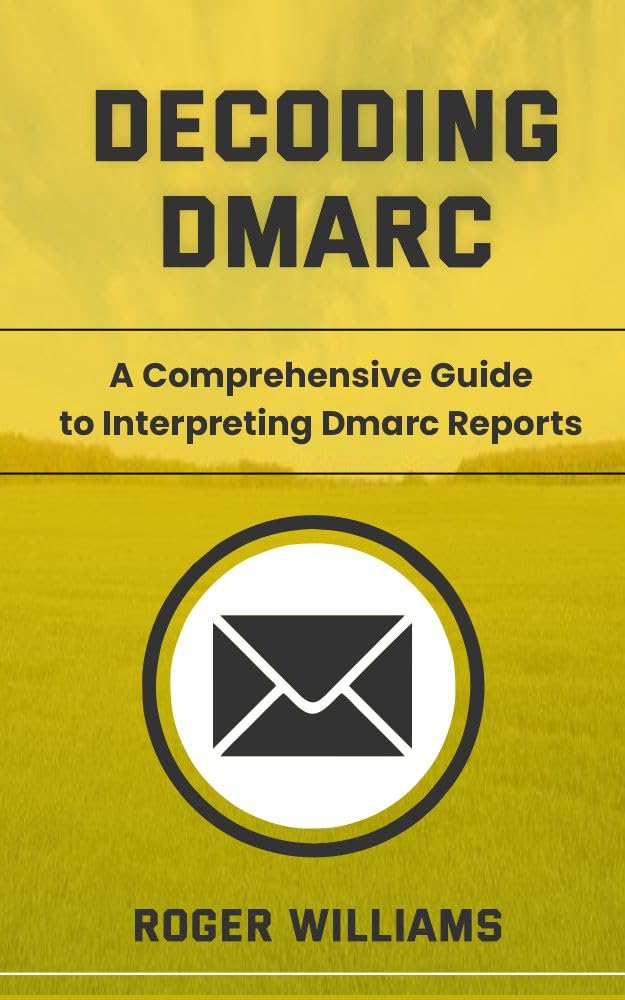English | ASIN: B0CZHF7PD8 | 72 pages | EPUB | 0.11 Mb
“Decoding DMARC” serves as an essential resource for anyone seeking to navigate the complexities of email authentication and security. In this insightful guide, readers will embark on a journey to unlock the potential of DMARC (Domain-based Message Authentication, Reporting, and Conformance) reports, crucial tools in the fight against phishing attacks and email fraud. Authored by industry experts, the book provides a comprehensive overview of DMARC reporting, empowering individuals and organizations to harness its full potential in safeguarding their email ecosystems.
Through clear and concise explanations, “Decoding DMARC” demystifies the process of interpreting DMARC data, making it accessible to both novice users and seasoned professionals. Readers will learn how to decipher DMARC reports effectively, identify patterns, and leverage actionable insights to enhance their email security posture. With practical examples and best practices, the book equips readers with the knowledge and tools necessary to proactively mitigate risks and protect against unauthorized email usage.
Beyond deciphering reports, “Decoding DMARC” delves into strategies for optimizing DMARC configurations and implementing advanced security measures. From fine-tuning authentication policies to resolving delivery issues, readers will gain the skills needed to navigate the evolving landscape of email authentication successfully. Whether you’re an IT professional, a cybersecurity specialist, or a business owner, this book offers invaluable guidance for harnessing the power of DMARC reports to fortify your email infrastructure and defend against emerging threats.
“Decoding DMARC” offers invaluable benefits for individuals and organizations striving to bolster their email security
1. Comprehensive Guidance: This book provides a thorough exploration of DMARC (Domain-based Message Authentication, Reporting, and Conformance) reports, empowering readers with the knowledge needed to navigate the intricacies of email authentication effectively. By understanding DMARC reports, users can identify vulnerabilities, detect potential threats, and implement proactive measures to safeguard their email infrastructure.
2. Actionable Insights: Through clear explanations and real-world examples, “Decoding DMARC Reports” equips readers with actionable insights derived from DMARC data. By deciphering reports and analyzing trends, individuals can make informed decisions to enhance their email security posture. This proactive approach allows for timely interventions, minimizing the risk of phishing attacks, email fraud, and unauthorized use of email domains.
3. Optimized Security Measures: Beyond interpretation, the book offers strategies for optimizing DMARC configurations and implementing advanced security measures. Readers will learn how to fine-tune authentication policies, address delivery issues, and stay ahead of evolving threats. By harnessing the power of DMARC reports, organizations can fortify their email infrastructure, bolster trust with customers and partners, and mitigate the financial and reputational risks associated with email-based cyberattacks.








All Comments
Your point of view caught my eye and was very interesting. Thanks. I have a question for you.
Thanks for sharing. I read many of your blog posts, cool, your blog is very good.